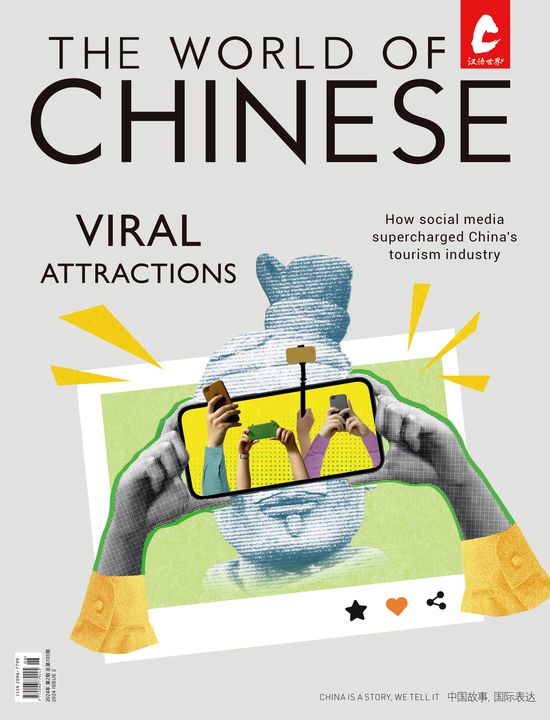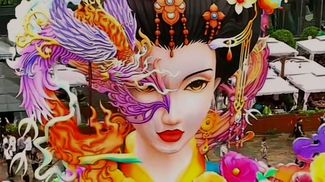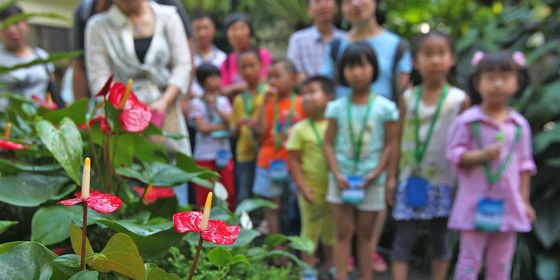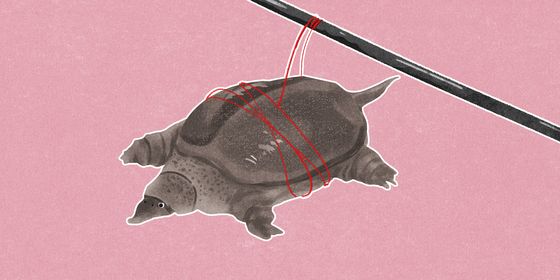As ecologically-minded and media-savvy zoos grow in popularity among young Chinese, experts debate the role that animal parks should play in the urbanized age
At Nanjing’s Hongshan Forest Zoo in China’s eastern Jiangsu province, it’s easy to feel that it’s actually the animals who watch you. The 68-hectare zoo is home to more than 3,000 creatures from 260 species—ranging from local Chinese alligators to African giraffes, Australian koalas, and American jaguars—mostly free to roam in the spacious forested enclosures and show off their natural hunting, mating, and social behaviors…or just nap among the lush plants, rocks, and caves.
Lucky visitors can revel in the gibbons’ famous “morning songs” or watch on anxiously as the meerkats fight for a mate, while those who miss out still have the chance to catch these spectacles via the zoo’s daily livestreams, set up by its media-savvy management team. The livestream has won the zoo millions of fans online and helped entrance tickets sell out during busy periods like public holidays. Its animal-centered approach to zookeeping and conservation, still an anomaly in China even as interest in zoos, nature, and environmental protection surges among urbanites, has led its proponents to hail Hongshan as “China’s best zoo.”














